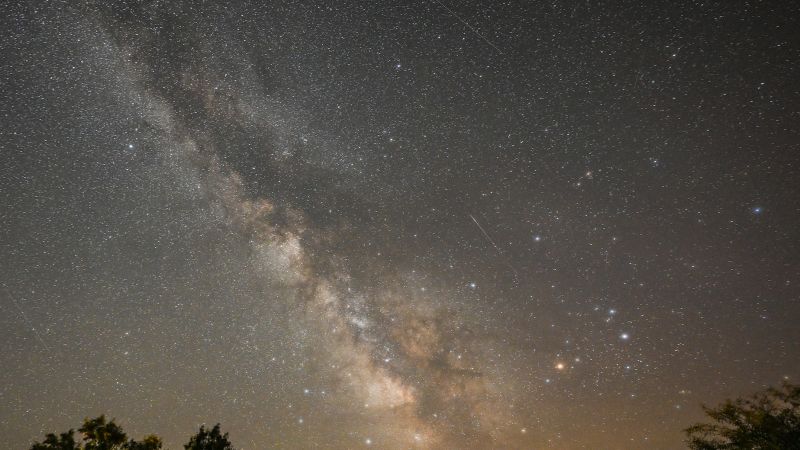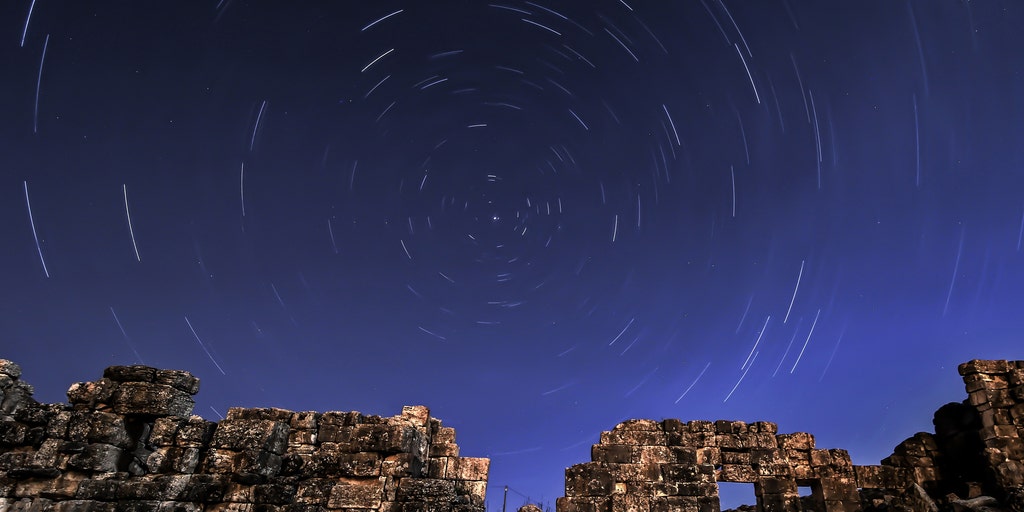
Get ready for a celestial spectacle as the Lyrid meteor shower peaks this week, just before the full pink moon rises. This annual event, which is considered one of the oldest known meteor showers with records dating back to ancient China over 2,700 years ago, will be most active from Sunday night through early Monday morning.
The Lyrid meteor shower originates from the trail of Comet Thatcher and is best viewed in the Northern Hemisphere. To maximize your chances of spotting a shooting star, find a dark location away from city lights and allow about 30 minutes for your eyes to adjust to the darkness.
During its peak, viewers can expect to see around 10-15 meteors per hour. While some may be faint, others could produce bright flashes known as fireballs. These are particularly exciting as they leave a trail of glowing debris in their wake.
The full pink moon will reach its peak on Tuesday at 7:49 p.m. ET, but it's important to note that the nearly full moon may make it more challenging to spot the meteors. However, with patience and a clear sky, you might still be able to catch a glimpse of these celestial wonders.
For those interested in photography, capturing images of the Lyrid meteor shower can be an exciting challenge. To increase your chances of success, use a tripod and set your camera to manual focus on infinity. Set the ISO to 1600 or higher and use a wide-angle lens with a low f-stop number for maximum light intake.
While you're enjoying the show, take some time to learn about the history of this fascinating astronomical event. The American Meteor Society (AMS) provides valuable resources and tips on how to make the most of your meteor watching experience. For more information, visit their website at www.amsmeteors.org.





